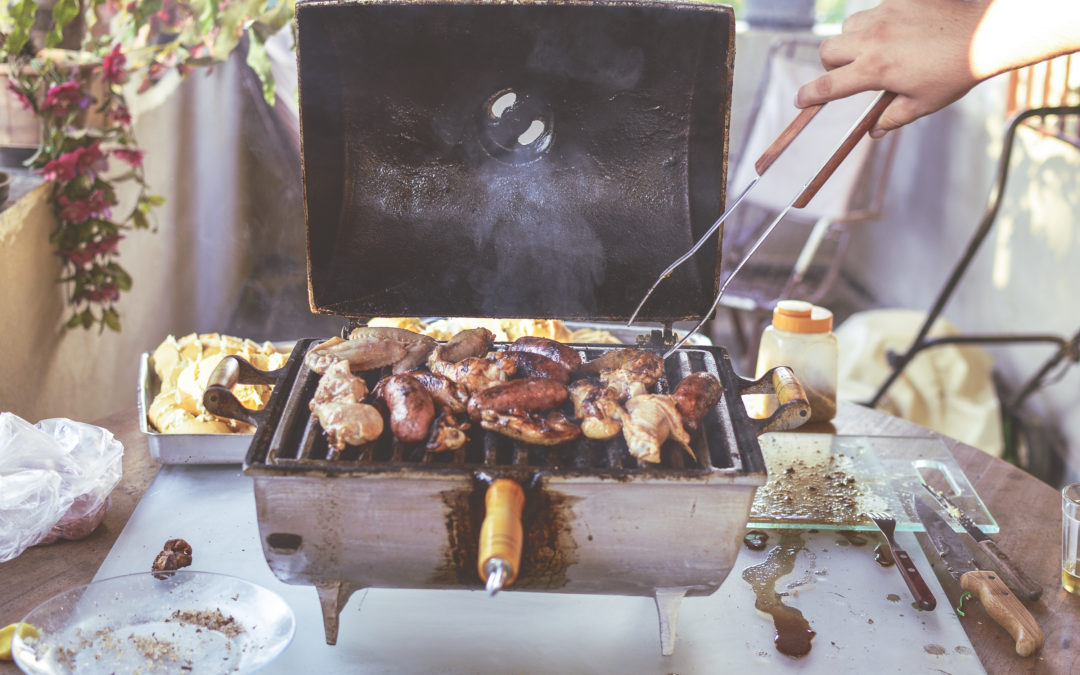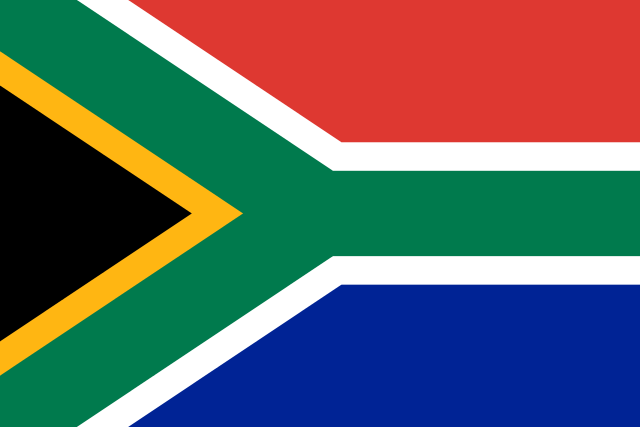Summer is here in all of its humid, sweaty glory. And for South Africans, the arrival of the heat brings with it braai, our national style of barbecue–and a cuisine that is little-known, even in the meat-obsessed United States.
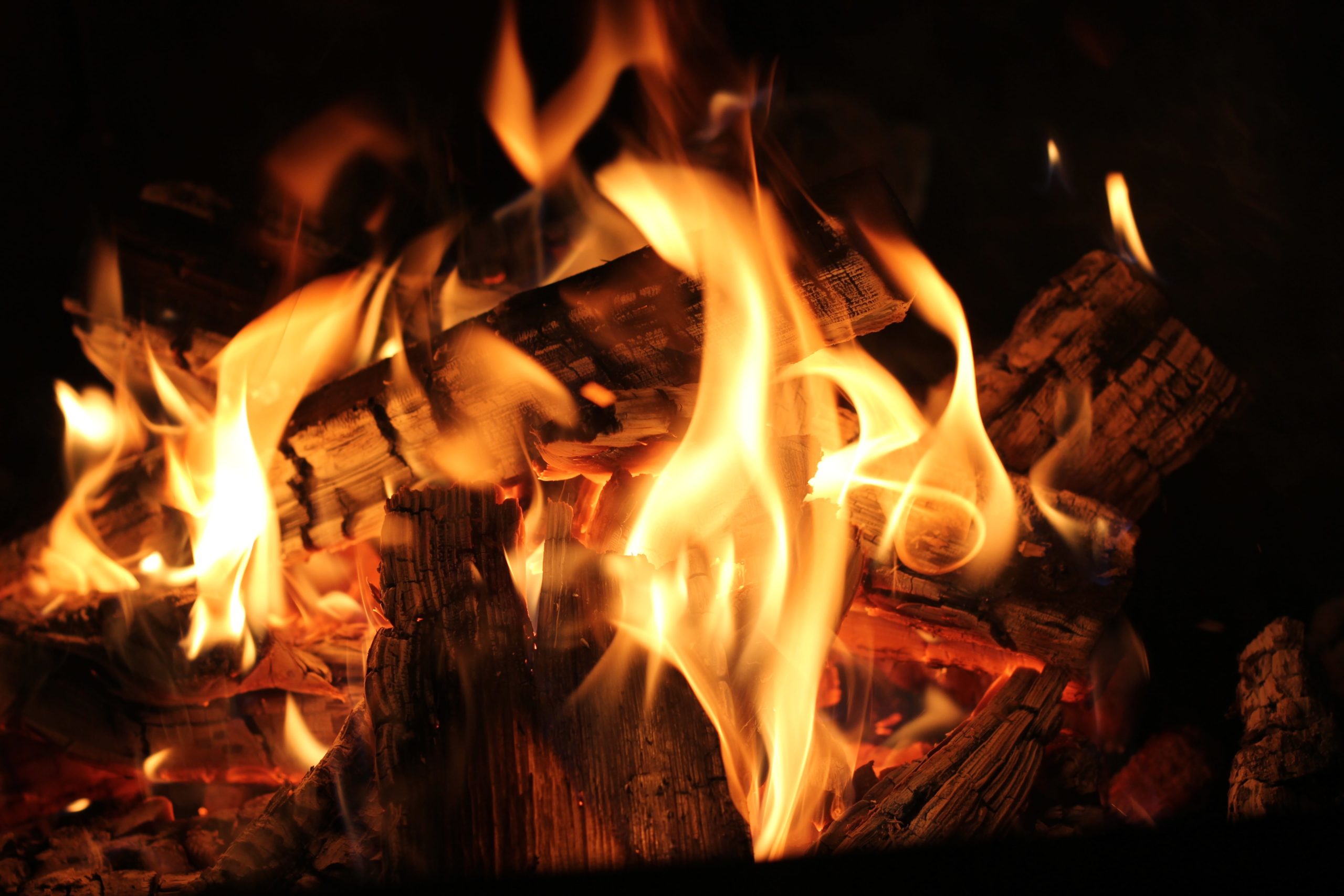
Part of the reason is likely due to lack of access. Even in my adopted town of New York City, home to nearly 46,000 bars and restaurants (and nearly $43.3 billion in projected revenue), South African cuisine remains surprisingly scarce. Surprisingly, for such a large, international city, there are only a handful of restaurants and stores that sell foods from the Rainbow Nation.
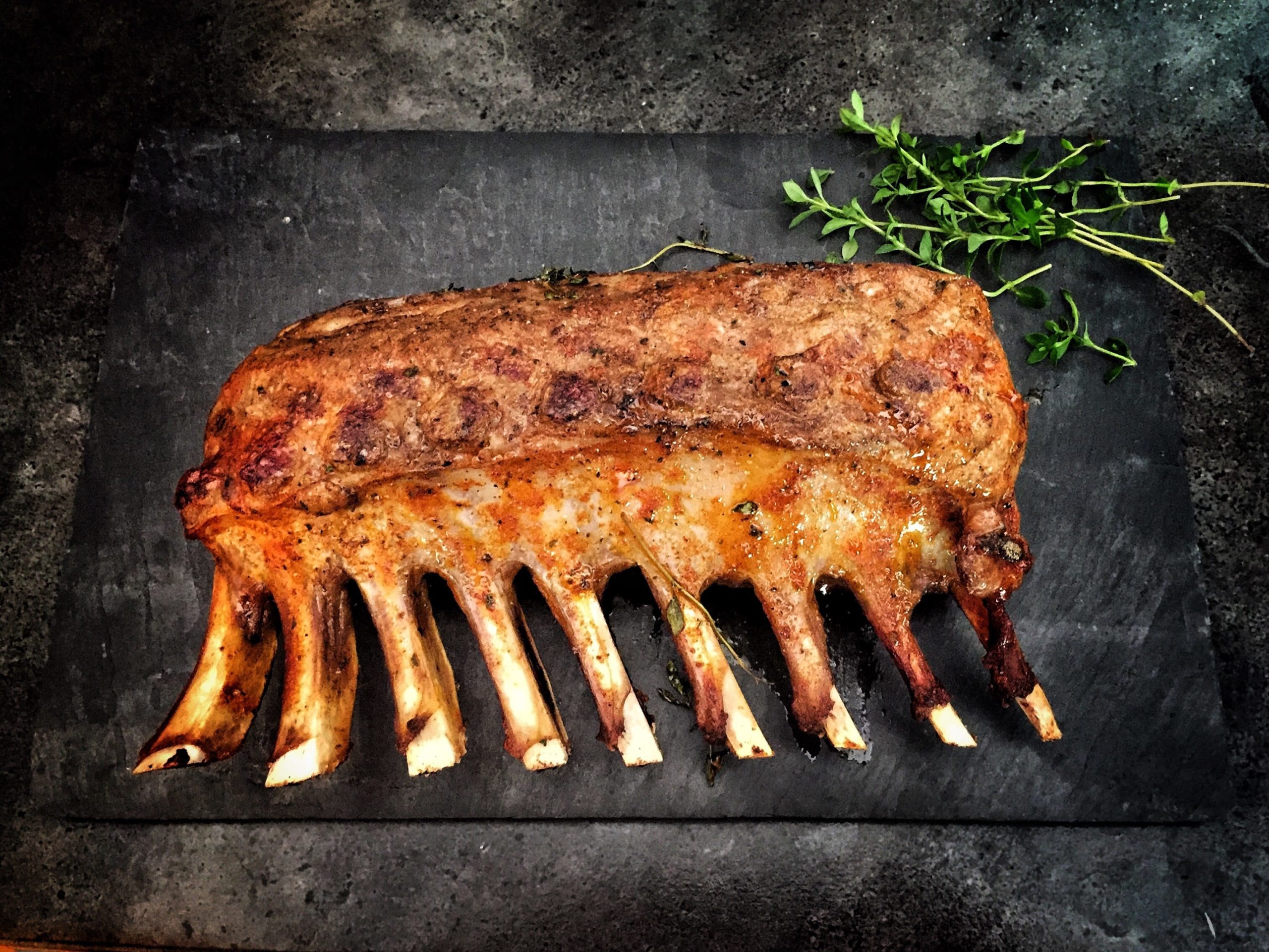
The recent closure of and rebranding of Braai, the only South African barbecue restaurant in New York, hasn’t helped things. Now, hungry carnivores (and their curious omnivore friends) must turn to home grills to recapture the flavors and spirit of this South African classic.
But then, perhaps it’s all for the best. After all, braai isn’t meant to be eaten in a restaurant; just like a Fourth of July barbecue or a sunny picnic at the beach, braai is best enjoyed in the company of loved ones, amidst the rugged mountains of Cape Town or the fearsome, savagely beautiful shores of Cape Agulhas.
Braai, believe it or not, may date to prehistoric times. Several years ago, researchers stumbled on evidence that Wonderwerk Cave, a massive underground complex in the lush, green foothills of the Northern Cape Province, was the site of the world’s first barbecue. Yet scientists came across this revelation by accident: a soil specialist happened to notice burnt leaf, twig, and animal bone fragments in the fire. Further analysis showed that the materials were burned in a fire, and more importantly, were around one million years old.

What a tradition. Yet even today, in a nation struggling to overcome the vestiges of an oppressive, racist past, braai may well be the one thing that South Africans agree on. There’s even a braai-based reality show, a flaming, rip-roaring team-based cookoff a la MasterChef or Hell’s Kitchen. Thanks to the efforts of one man, South Africa’s Heritage Day was renamed to Braai Day –a surprisingly easy and popular change in an increasingly fractured nation.
That’s not to say that a barbecue can help heal deep divisions, but it certainly seems like a good place to start a dialogue.

Given the vast ethnic and geographic variations in South Africa, braai differs from one region to the next. Almost all braais use grilled corn, chops (lamb and pork), steak, chicken, and boerewors (a farmer’s sausage made of beef, lamb, pork, and spices)–but that’s where the similarities end. Depending on where your host is from, you may see peanut butter and apricot jam on chicken wings, Portuguese-inspired peri-peri sauce (made from bird’s eye chillies, onions, peppers, and lemon), and even springbok loin with anchovy butter. You may also encounter goat or lamb, and in more remote areas, even zebra or ostrich.
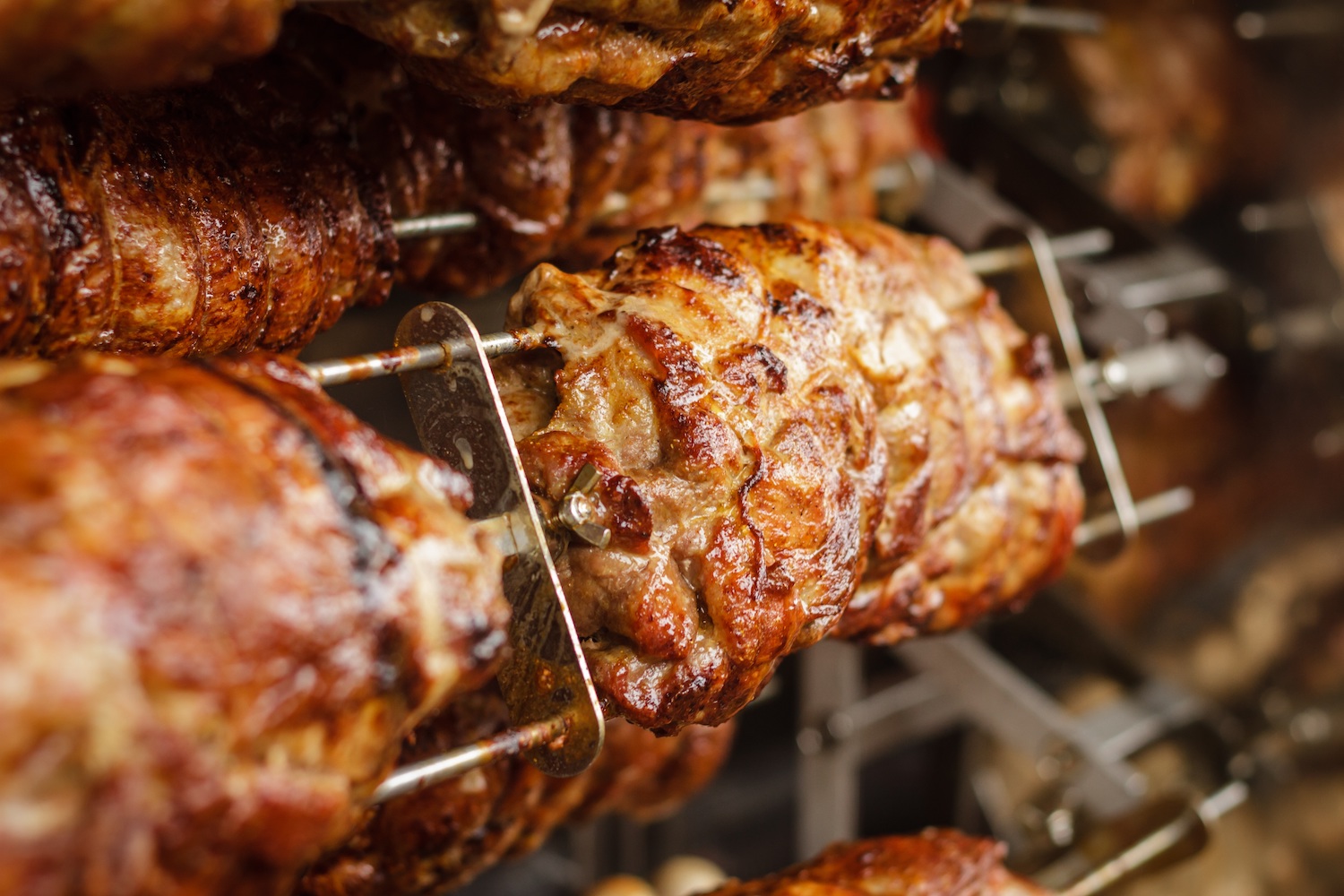
When the eating begins, be sure to ditch your schedule; braais are leisurely, slow affairs, best for lazy weekend afternoons or holidays. Be sure to have plenty of drinks for your guests–especially South African wine.

